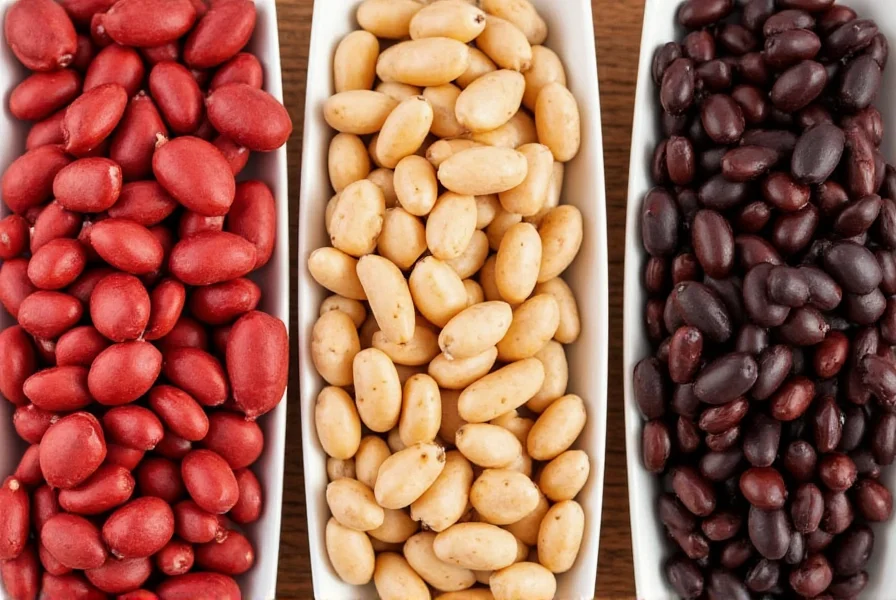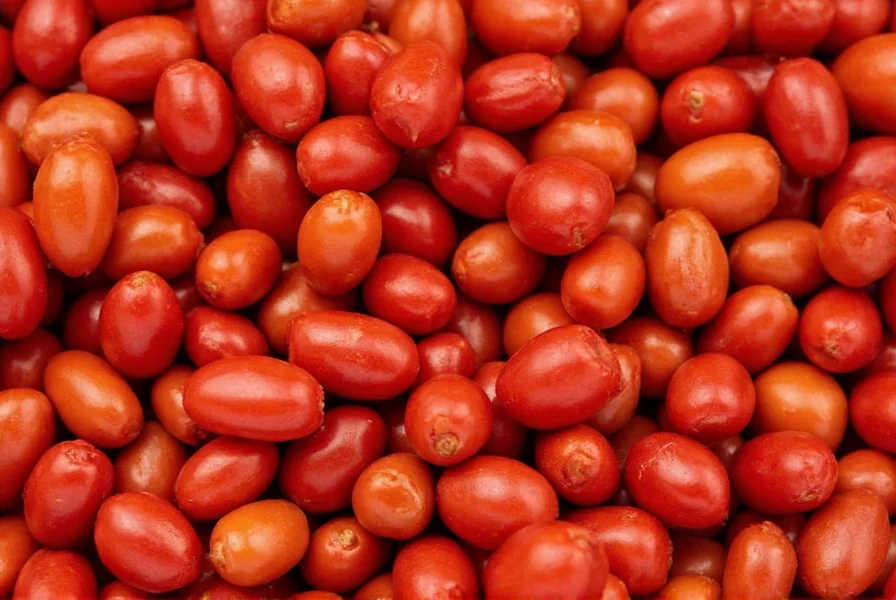When people ask what are chili beans, they're often surprised to learn there's no single bean called a "chili bean." Instead, the term describes various beans incorporated into chili recipes across different culinary traditions. Understanding which beans work best for chili requires examining their texture, flavor absorption capabilities, and traditional usage in regional recipes.
The Most Common Beans Used in Chili Recipes
Three primary bean varieties dominate chili preparations, each bringing unique qualities to the dish. While some purists argue that traditional Texas chili shouldn't contain beans at all, most modern recipes incorporate at least one bean variety for added nutrition and texture.
| Bean Type | Texture Characteristics | Flavor Profile | Traditional Usage |
|---|---|---|---|
| Kidney Beans | Firm, meaty texture that holds shape | Mild, earthy flavor that absorbs spices well | Classic choice for Cincinnati chili and many regional variations |
| Pinto Beans | Softer texture that partially breaks down | Richer, nuttier flavor compared to kidney beans | Traditional in Southwestern and Mexican-style chili recipes |
| Black Beans | Firm texture with slight creaminess | Earthy with subtle sweetness | Common in modern and vegetarian chili variations |
Historical Context of Beans in Chili
The inclusion of beans in chili has been a point of contention among culinary historians. Traditional Texas chili con carne, dating back to the 1800s, typically contained only meat, chilies, and spices—no beans. Cowboys and ranchers prepared this version during cattle drives, where beans weren't practical to transport.
Beans entered chili recipes through Mexican and Southwestern influences, where legumes have been dietary staples for centuries. By the early 20th century, canned beans made their way into home kitchens, and bean-inclusive chili became popular across the United States. Today, the "beans in chili" debate continues, with regional preferences dictating whether beans are considered essential or sacrilege.

Nutritional Benefits of Beans in Chili
Beans significantly enhance the nutritional profile of chili, transforming it from a primarily meat-based dish to a more balanced meal. A single cup of cooked kidney beans provides approximately 15 grams of protein and 13 grams of fiber, along with substantial amounts of iron, potassium, and folate.
When exploring what beans are used in chili from a nutritional perspective, consider that different varieties offer slightly different benefits. Pinto beans contain more zinc and vitamin B6 than kidney beans, while black beans provide higher levels of antioxidants. Combining multiple bean types creates a more nutritionally complete dish with complementary amino acid profiles.
Preparing Beans for Optimal Chili Results
Whether using dried or canned beans for your chili, proper preparation affects the final dish significantly. For dried beans, soaking overnight reduces cooking time and improves digestibility. When using canned beans, rinsing removes excess sodium and the starchy liquid that can make chili too thick.
Timing matters when adding beans to chili. For recipes that simmer for hours, add beans during the last 30-60 minutes to prevent them from becoming mushy. In quicker-cooking chili recipes, beans can be added earlier since they need less time to absorb flavors without breaking down.
Regional Variations and Bean Preferences
Understanding what are chili beans requires examining regional preferences across the United States. In Cincinnati, chili features kidney beans in a Mediterranean-inspired spice blend. Texas chili traditionally contains no beans, while New Mexico chili often incorporates pinto beans. California chefs frequently experiment with black beans or even white beans for lighter chili variations.
Internationally, bean usage in chili-inspired dishes varies widely. In Mexico, frijoles (pinto beans) commonly accompany chili dishes rather than being cooked directly into them. Caribbean versions might use red beans or even pigeon peas in chili-like stews.

Common Questions About Beans in Chili
Many home cooks wonder about substitutions, cooking methods, and nutritional aspects when working with beans in chili recipes. Understanding these elements helps create the perfect pot of chili tailored to personal preferences and dietary needs.











 浙公网安备
33010002000092号
浙公网安备
33010002000092号 浙B2-20120091-4
浙B2-20120091-4